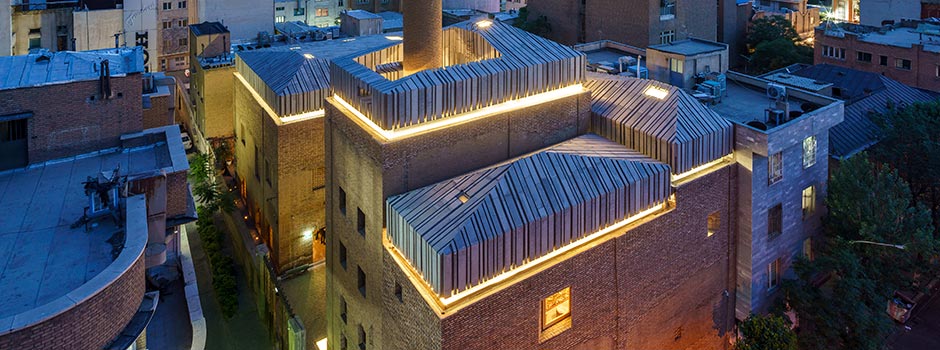
ARCHITECTURE AWARD Winners of the 2022 Aga Khan Award for Architecture
Oct 01, 2022 FEATURE, Architecture

The six winners of the 2022 Aga Khan Award for Architecture (AKAA) will share the $1 million award, one of the largest in architecture, show promise for communities, innovation and care for the environment.
Through consistent community participation and appropriation, extensive involvement of women and marginalised groups, and a local workforce, the seemingly simple undertaking of cleaning up the access to the Nabaganga river in Jhenaidah led to a thoughtful and minimal landscaping project with local materials and construction techniques, thus transforming a derelict informal dump site into an attractive and accessible multifunctional space that is valued by Jhenaidah’s diverse communities. As such, the project managed to reverse the ecological degradation and health hazards of the river and its banks and induce effective ecological improvement of the river, in one of the most riverine countries on earth. [Extract, Jury Citation]
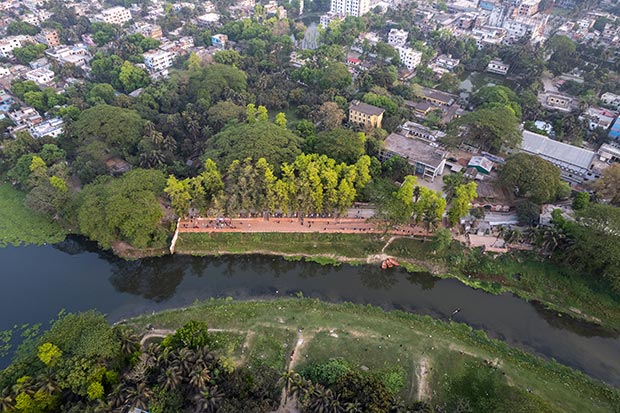 Aerial view of the large public ghat along the Nabaganga river in the city of Jhenaidah. © Aga Khan Trust for Culture / Asif Salman (photographer)
Aerial view of the large public ghat along the Nabaganga river in the city of Jhenaidah. © Aga Khan Trust for Culture / Asif Salman (photographer)
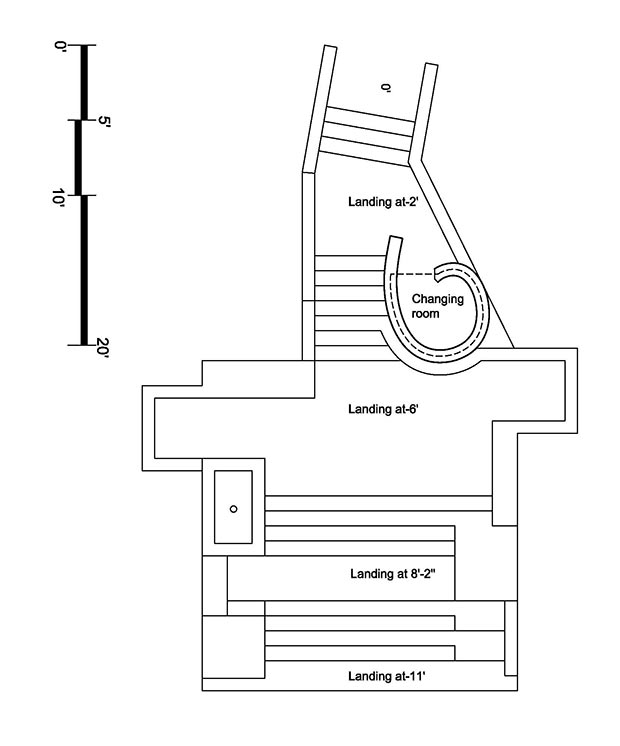 Plan of the public ghat. Courtesy of architect
Plan of the public ghat. Courtesy of architect
The six temporary community spaces of the Rohingya Refugee Response programme provide a dignified, sensitive and ingenious response to emergency needs related to the major influx of Rohingya refugees into Bangladeshi host communities, with particular attention to the safety of women and girls. The concept and design of the six spaces are the results of appropriate planning, solid partnerships and inclusive processes involving the diverse refugee and host communities, such as defining spatial and functional needs. [Extract, Jury Citation]
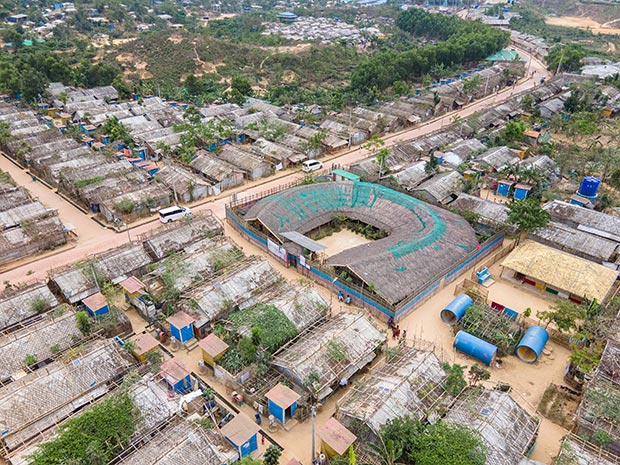 Aerial view of the Shantikhana Women Friendly Space in Camp 4ext. The construction started before the design was finalised, allowing the local Rohingya workers to express their artisanal skills and artistic freedom / © Aga Khan Trust for Culture / Asif Salman (photographer)
Aerial view of the Shantikhana Women Friendly Space in Camp 4ext. The construction started before the design was finalised, allowing the local Rohingya workers to express their artisanal skills and artistic freedom / © Aga Khan Trust for Culture / Asif Salman (photographer)
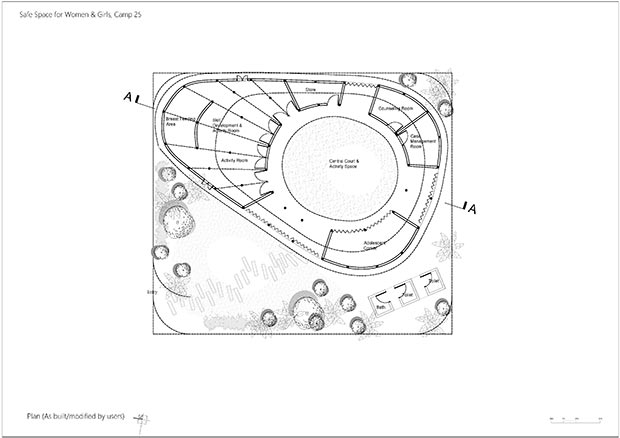 Plan for the Safe Space for Women & Girls Camp 25. Courtesy of architect
Plan for the Safe Space for Women & Girls Camp 25. Courtesy of architect
Arising from a sea of paddy fields, the building extends the language of the landscape into a concentrated event that coalesces architecture, functionality and setting in a seamless yet discernible disposition. Modern and efficient in all aspects, but at home in its place, Banyuwangi International Airport may be a game-changer in airport architecture, especially considering that the Indonesian government is set to build some 300 airports in the near future. [Extract, Jury Citation]
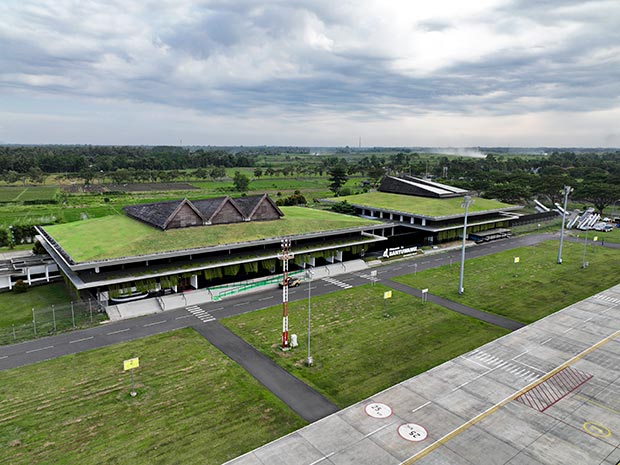 General view of the domestic airport that serves more than 1'100 passengers per day. © Aga Khan Trust for Culture / Mario Wibowo (photographer)
General view of the domestic airport that serves more than 1'100 passengers per day. © Aga Khan Trust for Culture / Mario Wibowo (photographer)
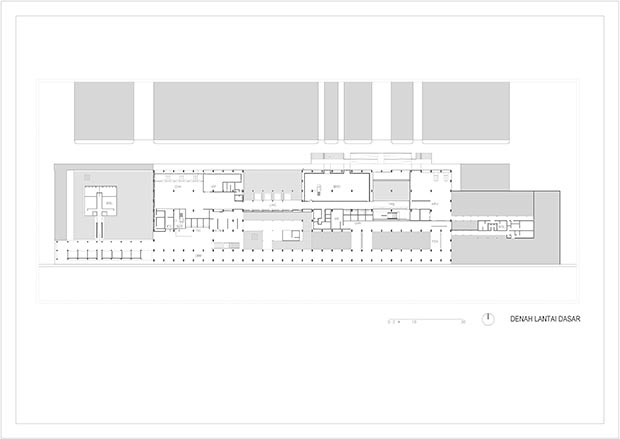 Banyuwangi International airport. Ground floor plan. Courtesy of the architect.
Banyuwangi International airport. Ground floor plan. Courtesy of the architect.
In the dense urban neighbourhood that is Tehran’s historical centre, this untypical reuse and conservation project has transformed the Argo Factory – a former brewery whose activities were moved 10 years before the Iranian Revolution, for pollution reasons, to a site outside the city – into a private museum for contemporary art. From the ruins of the original building, the existing brewery was renovated and new surfaces were built with a subtle approach and design. A variety of spaces for exhibitions, talks and films were developed over four levels, and a new artist residence was built adjacent to the museum. [Extract, Jury Citation]
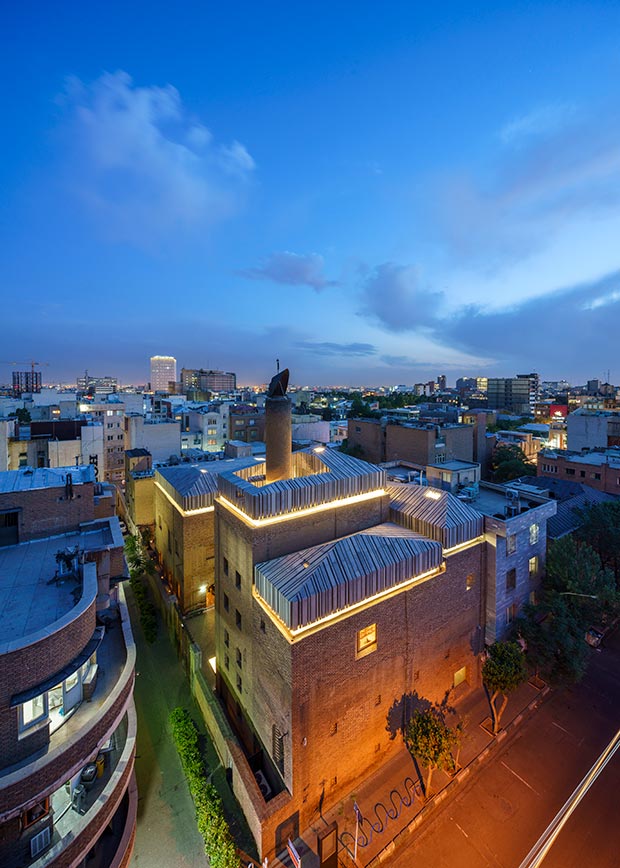 Aerial view of the Argo Contemporary Art Museum and Cultural Centre by night. © Aga Khan Trust for Culture / Deed Studio (photographer)
Aerial view of the Argo Contemporary Art Museum and Cultural Centre by night. © Aga Khan Trust for Culture / Deed Studio (photographer)
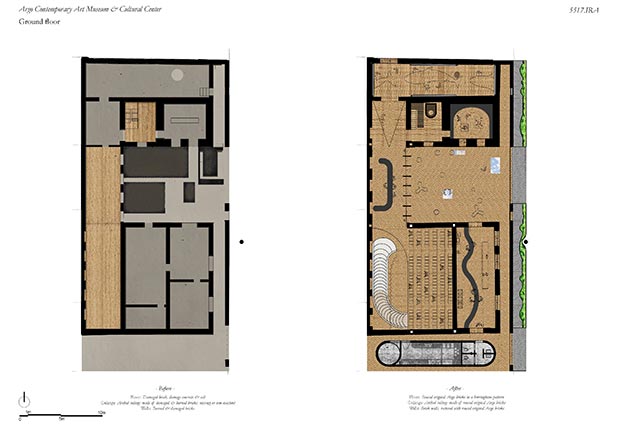 Ground floor plan. Courtesy of architect
Ground floor plan. Courtesy of architect
The renovation of the Niemeyer Guest House is an inspiring tale of architecture’s capacity for repair, at a time of dizzying, entangled crisis around the world, and in Lebanon in particular, as the country faces unprecedented political, socio-economic and environmental collapse. Located on the outskirts of Tripoli – one of the oldest and most beautiful port cities, once renowned for its craft but today ravaged by extreme poverty, migration and lack of public space – the rehabilitation of the Guest House is part of the Rachid Karami International Fair (RKIF), the unfinished masterpiece of the architect Oscar Niemeyer. [Extract, Jury Citation]
 Panoramic view of the Rachid Karami International Fair, composed of curved and geometric sculptural buildings in dialogue with each other. The Guest House is a rectangular building visible on the left. © Aga Khan Trust for Culture / Cemal Emden (photographer)
Panoramic view of the Rachid Karami International Fair, composed of curved and geometric sculptural buildings in dialogue with each other. The Guest House is a rectangular building visible on the left. © Aga Khan Trust for Culture / Cemal Emden (photographer)
 The Guest House exposes an elongated profile with its 58-metre-long main facade and low height, set on a flat field amid lush high grass. © Aga Khan Trust for Culture / Cemal Emden (photographer)
The Guest House exposes an elongated profile with its 58-metre-long main facade and low height, set on a flat field amid lush high grass. © Aga Khan Trust for Culture / Cemal Emden (photographer)
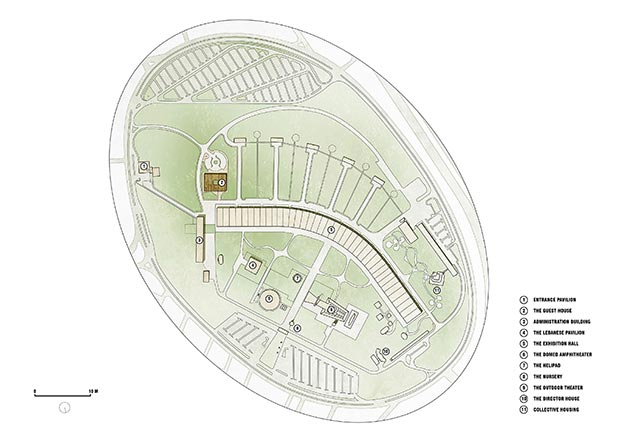 Site plan. Courtesy of architect
Site plan. Courtesy of architect
A campus replete with infrastructure, buildings, landscapes and furnishings, the Kamanar Secondary School is unique in that it addresses the multiple scales of urbanism, landscape, architecture and building technologies with equal commitment and virtuosity. The site’s topography and flora are the key founding conditions of this project, prompting the introduction of a grid of classroom pods organised around pre-existing tree canopies, adopting their shade as social spaces that serve the students and teachers alike. [Extract, Jury Citation]
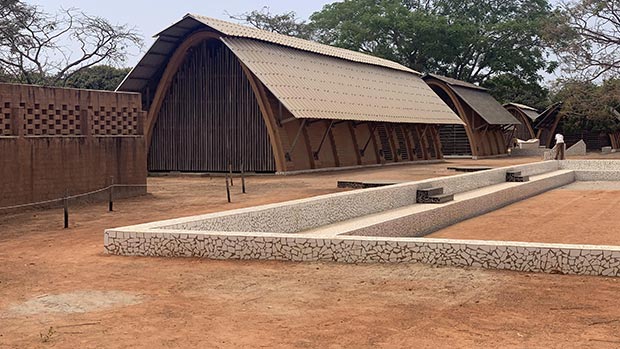 The clay vault modules were produced using local techniques. © Aga Khan Trust for Culture / Amir Anoushfar (photographer)
The clay vault modules were produced using local techniques. © Aga Khan Trust for Culture / Amir Anoushfar (photographer)
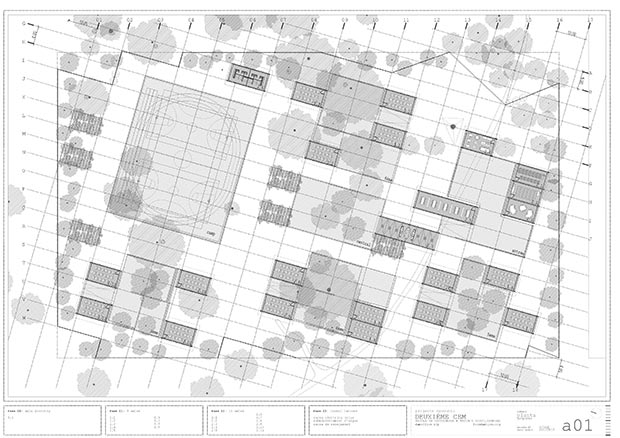 Site plan. Courtesy of architect
Site plan. Courtesy of architect
The Aga Khan Award for Architecture was established in 1977 by His Highness the Aga Khan, 49th hereditary Imam of the Ismaili Muslims, to identify and encourage building concepts that successfully address the needs and aspirations of communities in which Muslims have a significant presence. The Award’s selection process emphasises architecture that not only provides for people’s physical, social and economic needs but also stimulates and responds to their cultural aspirations.
This year marks AKAA’s 45th anniversary. In a meeting in February 2022, an independent Master Jury shortlisted 20 projects from a pool of 463 projects nominated for the 15th Award Cycle (2020-2022). Subsequently, after on-site reviews of the shortlist by a team of experts, the jury awarded six projects amongst them. Ceremonies to honour the winning projects and mark the close of each triennial cycle are held in settings selected for their architectural and cultural importance to the Muslim world. In 2022, the ceremony will be held in Muscat, Sultanate of Oman, in conjunction with the Aga Khan Music Awards ceremony. Previous venues encompass many of the most illustrious architectural achievements in the Muslim world, including Shalimar Gardens in Lahore (1980), Topkapi Palace in Istanbul (1983), the Alhambra in Granada (1998) and Emperor Humayun’s Tomb in Delhi (2004).
Comments
Add a comment
Commenting is not available in this section entry.